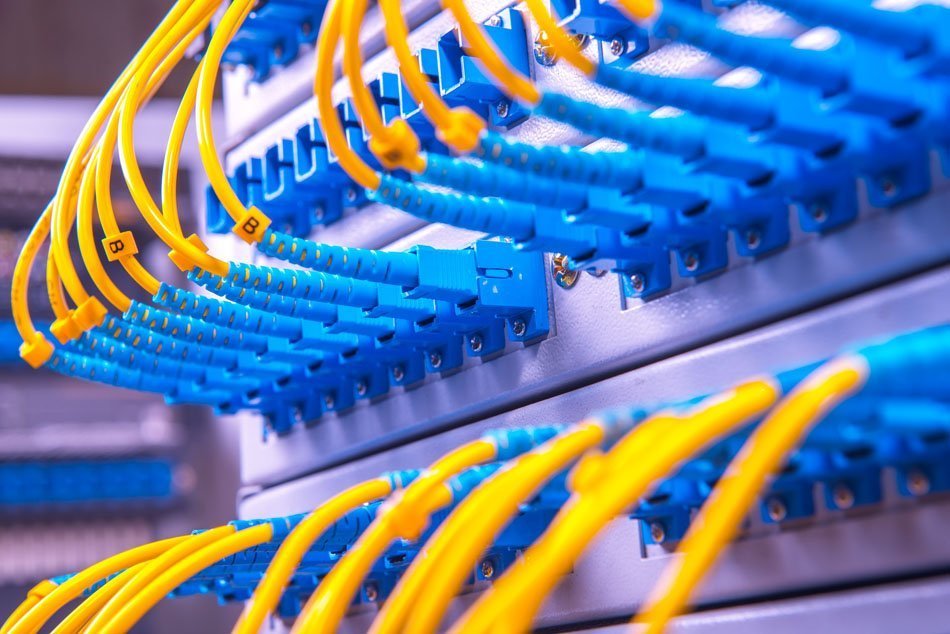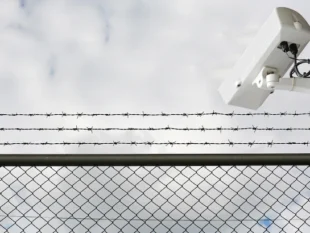Internet Downtime and Delays: Structured Vs. Point to Point Cabling
by Mashum Mollah Information Technology Published on: 05 April 2017 Last Updated on: 04 May 2019

When it comes to cabling for businesses, there are two main options. The first is the old-fashioned point-to-point cabling, and the second is the more modern structured cabling.
Here’s a look at both of these to see how they compare, which will help you to decide which is the best solution for your business.
An Overview of Both Systems:
Point-to-point (P2P) cabling systems connect two points of communication, as the name suggests. So, a switch or storage unit is connected directly to another switch or storage unit.
If you have a very small setup and you don’t have many connections, this type of system can be a good option.
Structured cabling, however, uses a very different system. It combines various smaller elements in one infrastructure. Hardware ports are connected directly to patch panels at the top of rack, and these patch panels are then connected to other patch panels in the Main Distribution Area (MDA).
The MDA is the most important part of the system because this allows you to make all the changes in one place.
Benefits of Structured Cabling:
Structured cabling is nearly always the recommended option because it has so many benefits over point-to-point cabling. While point-to-point may still be a good option for smaller businesses, larger businesses should only really consider structured cabling, and there are many reasons for this.
With structured cabling for businesses, the whole system is organized. This does more than just look aesthetically pleasing. An organized system leaves less room for human error, and costly mistakes can lead to downtime and can seriously affect business operations.
Maintenance is also a lot easier due to the better organization of the system. Looking after the system is quicker and easier, and because of this, it is less costly to maintain. Additions and changes are also faster to make, which is more convenient, and it also saves time and money.
It’s also a future-proof system because if you need to expand the system and make additions, it’s easier to do. There’s no need to worry about it becoming dated.
You can also dismantle it easily, which is ideal if you need to move it, and it can save a lot of time and hassle.
Choose the Right System for Your Business:
Whether you choose structured or point-to-point cabling is a decision you have to make for your business. It all depends on your needs, but in most situations, it’s fair to say that structured cabling makes the most sense.
If you decide that you would like a structured cabling system in your business, look around for local companies who can help you to install the system. They may provide a free assessment before you decide to invest in your system, so use this as an opportunity to ask them any questions and find out how much it is likely to cost you.
And remember that, no matter what you end up paying, it is likely to save you money in the future compared to a point-to-point cabling system.
Read Also:







































































































